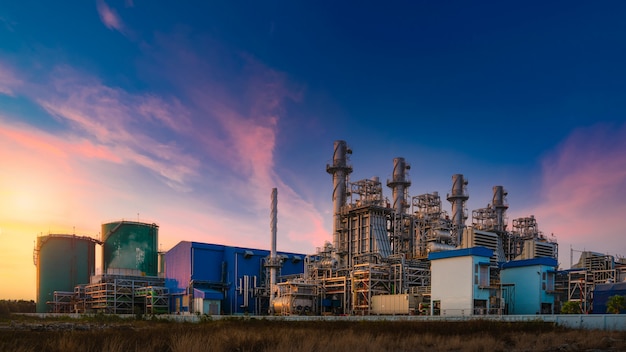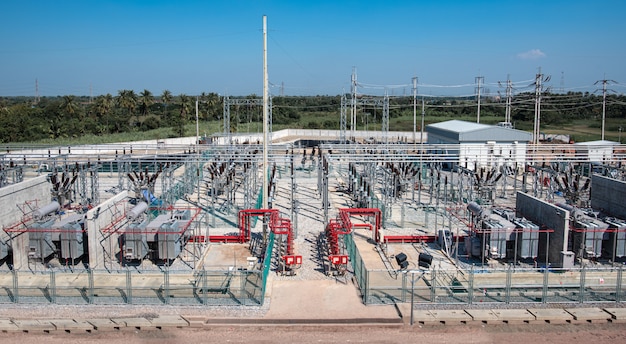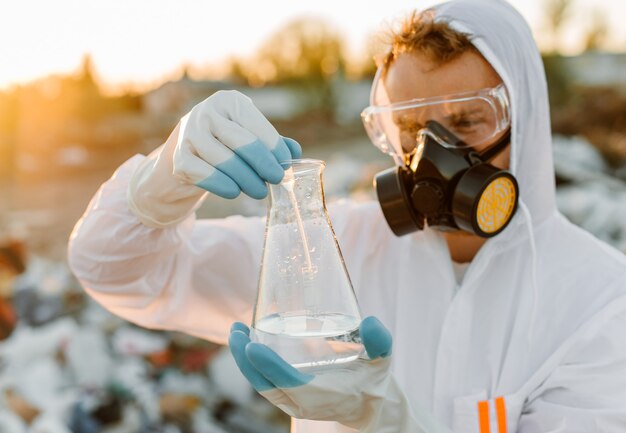Why Is It Important To Dehydrate Natural Gas?
by Abdul Aziz Mondal How to Guides 21 April 2022

Gas dehydration is the process of removing water from a gas stream to meet pipeline requirements. In regards to isolating oil and a few condensates from the wet natural gas stream, the majority of the associated water must be removed.
Oil and gas separators gather the majority of the liquid, free water associated with extracted natural gas at or near the wellhead.
However, a dehydration machine with a quality Jalon molecular sieve may be required to remove extra water vapour in order for the gas quality to meet pipeline standards.
The natural gas prices are higher than the artificial gases. So if you are spending a large amount of money. There is no doubt you do not want to compromise the quality of the natural gases. And dehydration techniques are improving the functionality of the natural gases.
The Main Reason
To eliminate water vapour from natural gas, it must be dehydrated.
The production of hydrates, oversaturation of natural gas, and corrosion of equipment are all caused by water vapour.
Hydrates are solid, ice-like crystalline hydrocarbons and water complexes.
1. Restrict The Water Vapor Productions
Hydrate formation happens in low-temperature, high-pressure good streams. Hydrates, on the other hand, can develop at temperatures above freezing. Because of the high pressure, the saturation level rises, and more water vapour is produced.
2. Reduce The Chances Of Valves Freezing And Block
Hydrates cause pipelines, valves, and other equipment to freeze and block, halting production. Oversaturated gas does not fulfil pipeline regulations of 7 pounds per million cubic feet per day (mmcfd). Hence it must be removed before it can be sold.
3. Chances Of Oxidaizations Are Reduced
Whether water is in a gaseous form or has condensed into a liquid is determined by temperature and pressure. When water is in its liquid state, it corrodes equipment. To avoid these negative consequences, gas is dehydrated by converting it from vapour to liquid and then removing it through adsorption or absorption.
Possible Issues
Moisture is removed from natural gas since condensation could cause a number of issues:
1. Pipeline Corrosion In The Presence Of CO2
Carbonic acid (H2CO3) is formed when CO2 dissolves in condensed water and dissociates into bicarbonate (HCO3–), carbonate (CO32-), and hydrogen (H+) ions. The natural gas latter is converted to H2 (2H+ + 2e- H2) at the steel surface.
Iron (Fe), which dissolves in an aqueous solution (Fe Fe2+ + 2e–), donates the two electrons required for reducing H+. The allowable residual humidity for pipeline transportation ranges from 1 lb/MMsft3 to 7 lb/MMsft3, depending on the climatic circumstances.
2. Formation Of Slugs
Liquid waves can hit the summit of the pipework in a two-phase flow, encroaching on the gas cross-section. When this happens, liquid slugs move in the same direction as the stream but at a slower rate than natural gas.
The piping fittings are subjected to vibrations and mechanical shocks as a result of this (e.g., bends and valves).
The fits superimpose a change in the velocity vectors’ direction. The macroscopic momentum balance causes thrusts on the piping walls as the flow direction changes. Because the slugs are created at random, their impact on the piping/equipment wall may cause harmful vibrations and mechanical stress on the building components.
3. Hydrate Formation
Hydrates are hard crystalline formations formed by water molecules encasing molecules of CH4, C2H6, CO2, or H2S trapped in molecular “cages” in natural gas processing. H2 bonds bind the reticular structure’s water molecules together, while van der Waals interactions bind the reticular structure’s water molecules to the guest molecules.
Erosion and clogging are caused by these solid formations. This is especially problematic because the disintegration of hydrates during removal might result in significant amounts of gas, which can cause explosions.
Major Dehydration Techniques
The following are the two main strategies utilized in the natural gas dehydration for a specific purpose:
1. Glycol Dehydration
Water is removed from natural gas and NGLs using a liquid chemical method. It is also known as a TEG unit and is the most widely utilized system.
2. Desiccant Dehydration
The hygroscopic material that causes or maintains a natural gas in a dry state. It is the most secure and environmentally beneficial alternative. The Passive Dehydration System, commonly known as a PDS unit, is used by CROFT for this type of dehydration.
Less Frequent Using Dehydration Methods
Condensation, membranes, and other modern industrial technologies are qualified for complicated gas cleaning. However, they are typically employed to clean a natural feed gas from a more significant number of pollutants.
Adsorption amount is an excellent impact on handling the natural gas in this regard, whereas the condensation and membranes both are part of natural approaches.
Condensation is commonly utilized when low water and hydrocarbon dew points are required (0…-20°C); membranes are similar but for the ability to remove specific acid gas components.
Absorption Of Water From Gas Using Glycol
Wet natural gas enters a tower at the bottom of our glycol dehydration system and flows upward. Dry glycol runs down the building from the top, either through packing material or from tray to tray.
Our unique bubble cap design maximizes gas-glycol interaction while eliminating water to below 5 LBM/MMcf levels. Advanced systems can be built to achieve pressures of less than 1 pound per million cubic feet.
The dehydrated gas exits the top of the tower and is routed to the pipeline or other processing equipment. The water-rich glycol leaves the bottom of the tower and enters the reconcentration system, where it is filtered for contaminants and heated to 400 degrees Fahrenheit (204 degrees Celsius). The purified glycol returns to the tower, where it comes into contact with the distilled water as steam.
The system is entirely unmanned. To maximize safety and efficiency, controllers monitor pressures, temperatures, and other system elements.
Conclusion
The information in this post should aid in the development of a proper natural dehydration procedure. Absorption, adsorption, and condensation are three strategies that can be used. We hope you now understand why dehydrating natural gas is vital and how to do so before using it.
Read Also:







































































































